Among luxury timepieces, one that’s highly regarded by enthusiasts and connoisseurs alike is the Reverso by Swiss watchmaker Jaeger-LeCoultre. As the JLC Reverso watch comes with a hefty price tag, we think it warrants a close examination of its construction, performance, and overall quality, so you can know whether to invest your hard-earned money or not!
- History: Jaeger-LeCoultre (JLC) and the Reverso Watch
- The JLC Reverso Watch
- Reverso Models Available from JLC Today
- What Does a JLC Reverso Cost?
- Is a Jaeger-LeCoultre Reverso Watch a Good Investment?
- Where Are Reverso Watches Made?
- The Construction of the Reverso
- The Style of the Reverso
- Conclusion: Is the JLC Reverso Watch Worth It?
- Outfit Rundown
Today’s post is another in our ongoing Is It Worth It? review series. Be sure to take a look at previous installments!
The now 90-year old Reverso model definitely deserves to be called iconic. It hasn’t changed much since its inception in 1931. Also, the rectangular face and look, while not exclusive to JLC, definitely has become synonymous with a brand and the Reverso model. It’s been worn by many famous people, including Charlie Chaplin, the Duke of Windsor, or Amelia Earhart. It has also made appearances in TV shows and movies such as Don Draper in Mad Men or Christian Bale as Bruce Wayne.
History: Jaeger-LeCoultre (JLC) and the Reverso Watch
The brand can date back its roots to 1833, when the inventor and watchmaker Antoine LeCoultre opened a watchmaking shop in Le Sentier. Some of the brand’s achievements include the millionometre, which was a device that could measure a micron. A micron is basically one-millionth of a meter, and it allowed them to produce more precise watches.
Historically, watchmaking was always done by different highly-skilled craftsmen in different places, and watches were then assembled into one piece. But, as early as 1866, the company then known as LeCoultre & Cie had the revolutionary idea to bring all the workers together under one roof. Four years later, they introduced mechanized production techniques, which allowed them not having to sacrifice precision.
So, how exactly does the name Jaeger come into Jaeger-LeCoultre? Edmond Jaeger was a watchmaker commissioned by the French navy. He had invented incredibly thin movements, and by 1906, he was working together with LeCoultre & Cie to create the world’s thinnest pocket watches. Because of a successful and continued relationship, the company was rebranded into Jaeger-LeCoultre in 1937.
The JLC Reverso Watch
The Reverso watch is a classic art deco model with a rectangular face that is flippable and the name being inspired by the Latin word reverso, which means “turn around.”
You may wonder, “What’s the purpose of having a watch to turn around the face so you can’t tell time when the whole purpose of a watch used to be to be able to tell time?” The Reverso watch was originally created in 1931 by the engineer René-Alfred Chauvot for Jacques-David LeCoultre, the grandson of Antoine LeCoultre. But it was originally requested by the watch dealer César de Trey.
Basically, the watch was commissioned by a French watch dealer asked by British officers stationed in India to come up with a watch that they could wear while playing polo.
As you know, polo is a tough sport, and back then, the crystals weren’t as good as they are today, so they would often crack when they would wear their watches playing polo. But why didn’t the officers just take off their watches when they played polo? Well, one answer could be: they might have lost them. And back then, you couldn’t just film the thief and say, “I’m gonna put your face on social media.”
Also, in a polo game, you have to exchange your horses multiple times because they wear out. So, having a watch and knowing when to get your next horse is crucial.
The first watches were branded “Reverso” only. Later on, you could also find Reverso watches that were branded “LeCoultre” or just “Jaeger” based on where they were sold and what the legal implications were. The final design they settled on was a rectangular, flippable watch so the face could withstand a proper round of polo.
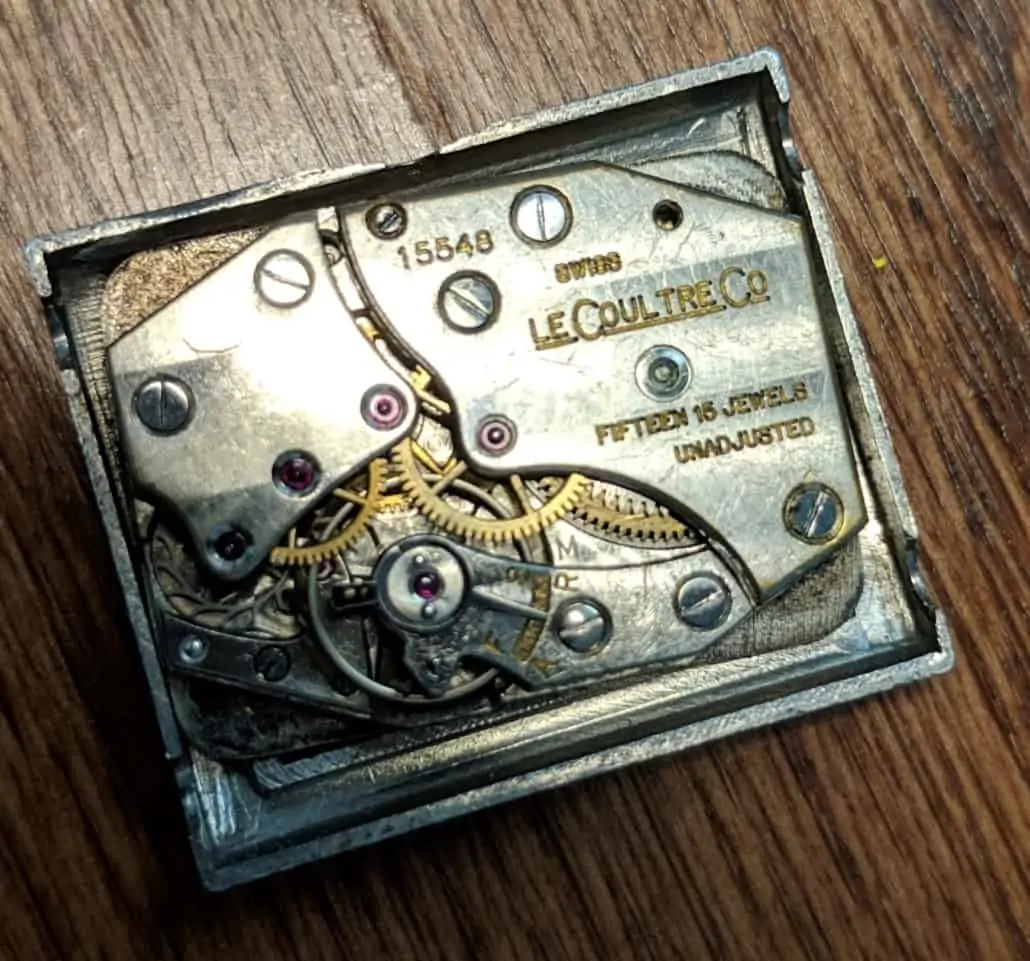
People have tried to protect watch faces before. They put on grills, which we cover in our guide to obscure men’s jewelry. Fortunately, the Reverso wasn’t just stylish with its art deco roots, but it was also very thin, which made it suitable for casual occasions as well as formal ones. On top of that, the flippable back could be engraved with your initials, with some symbols, or even bedazzled with enamel artwork.
Sadly, by 1943 with a war in full swing and the economic decline, there was a shrinking interest in luxury watches and the art deco design. As a result, the Reverso and its design plans were locked and evolved, probably never to be seen by anyone again.
In 1972, the brilliant Italian watch dealer Giorgio Corvo visited JLC, and while on the floor, he saw some stock, and he noticed 200 old Reverso watch cases. Immediately, he recognized the iconic design and asked to buy all of them and had watch movements put inside of them.
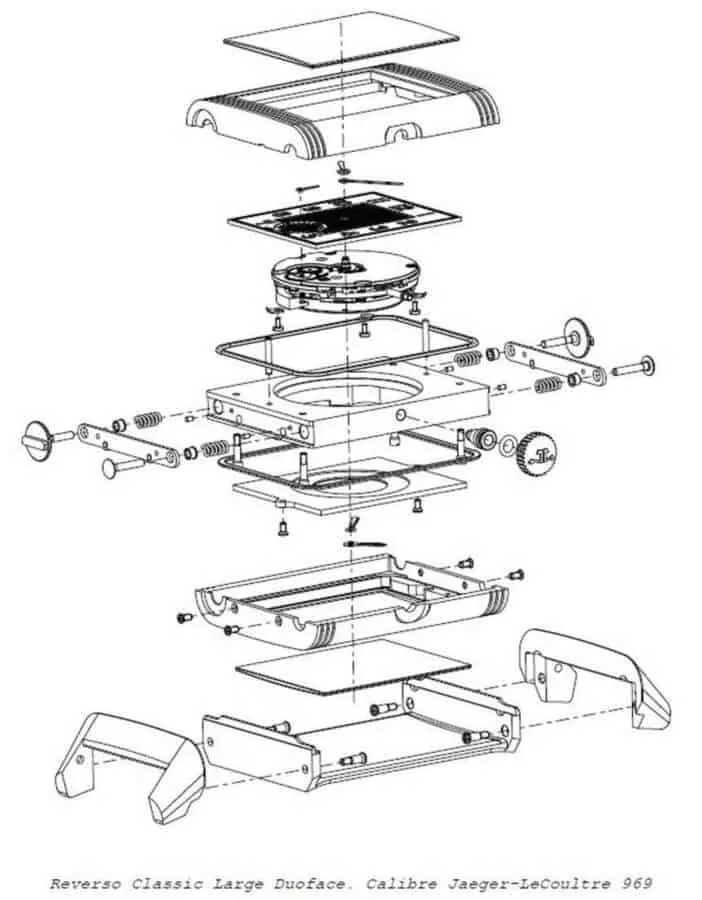
Upon his return to Italy, he quickly sold those 200 units, thus proving that there was a market for this vintage rectangular art deco design. Despite the hesitation, Corvo eventually convinced JLC’s top brass to revive the brand and to not just use the quartz movements that were popular at the time but to go back to mechanical hand-wound movements.
They weren’t quick. It took 10 more years. And in 1982, Jaeger-LeCoultre launched the second iteration of the Reverso watch. But, they didn’t listen to Corvo and put in quartz movements.
Sales were going strong in 1985. JLC decided to develop a new Reverso model that was now water-resistant because the old 30s model definitely wasn’t. Of course, it had to have a rectangular shape, and it had to be flippable. It also provided the ability to pivot at any point in time rather than having to push it to the end of the cradle to flip it.
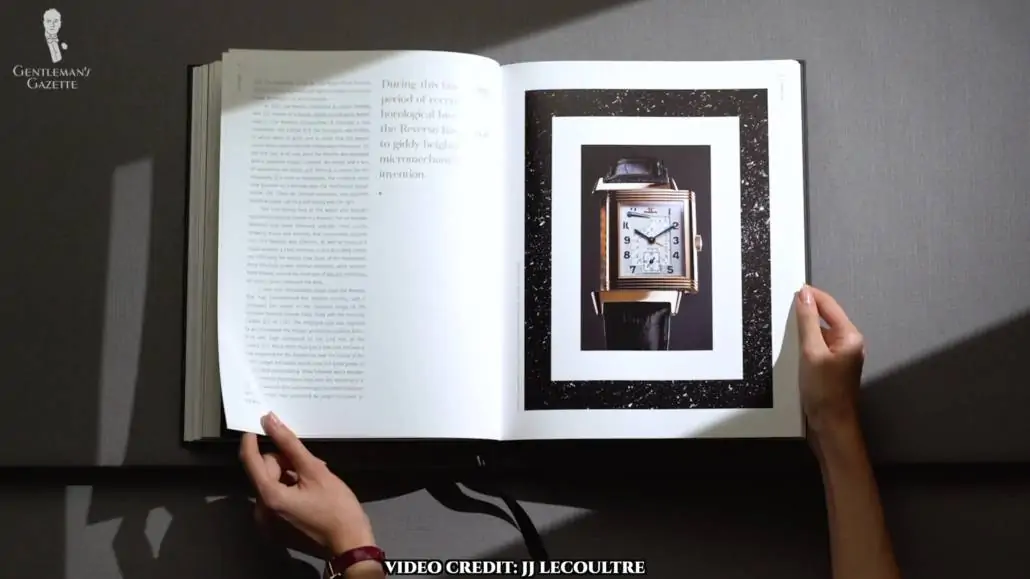
To commemorate Reverso’s 90th birthday in 2021, Jaeger-LeCoultre brought out a dedicated book, which you can buy from Assouline for $195. Penned by the ever-stylish Nick Foulkes, “it’s probably something that’s well worth it for watch enthusiasts and Reverso fans alike.”
Reverso Models Available from JLC Today
Frankly, there’s a large selection of different Reverso models in different sizes, different finishes, diamonds for women and without, in steel, in rose gold and white gold, and even in platinum. You can also find different thicknesses, different movements, and different complications. Of course, it also comes in many different colorways, with different watch bands and so forth.
For example, on the smaller side, you have the Reverso Classic Small model. The face of the case dimensions here are 35.78 millimeters by 21 millimeters. Those dimensions are 42.9 millimeters by 25.5 millimeters on the regular-sized Classic Reverso today. Then there’s also the one model meant for women because it’s a bit smaller. And you have the large Reverso. Here the case measures 47 millimeters by 28.3.
JLC offers many different models with different features, so you can decide if you want the small seconds with the small case or the regular or the large case. Basically, you can customize the watch and find exactly what you want and like.
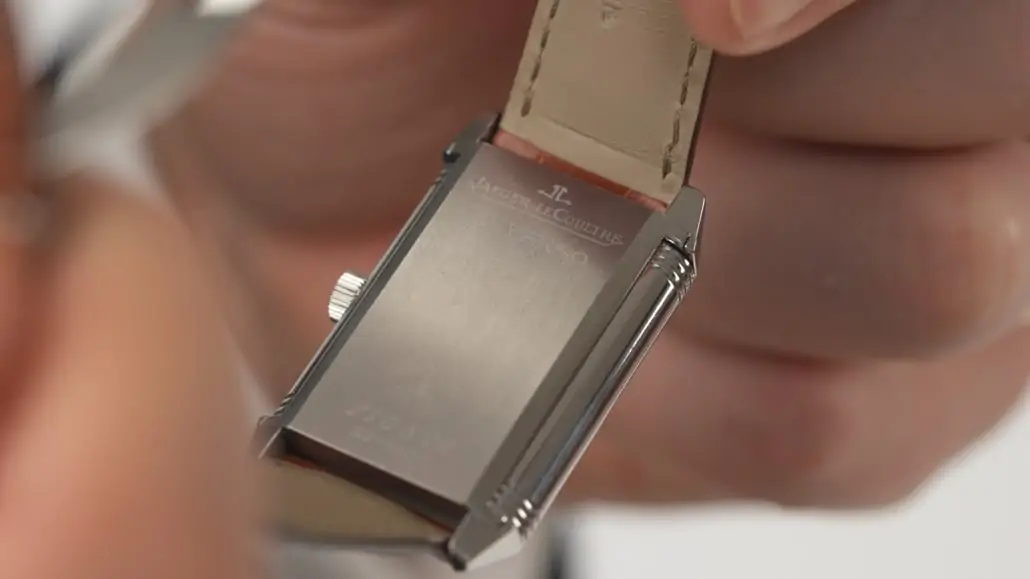
The classic model you can get today has a flippable top, and the back doesn’t show the watch. It’s basically the original version from 1931, but it is larger and different because now it’s water-resistant, and back then, it wasn’t.
I have an old watch which is an original Reverso from the 30s and then a newer one, and they’re quite different if you look at them closely. The thickness is different, and the details are slightly different. But, from afar, it still looks like a uniform design language.
There are tribute models to Reverso, which just have the original Reverso branding. And they’re more in line with what you have gotten in the 30s, but it’s still not quite the same. The modern watches are a bit more refined, I’d say.
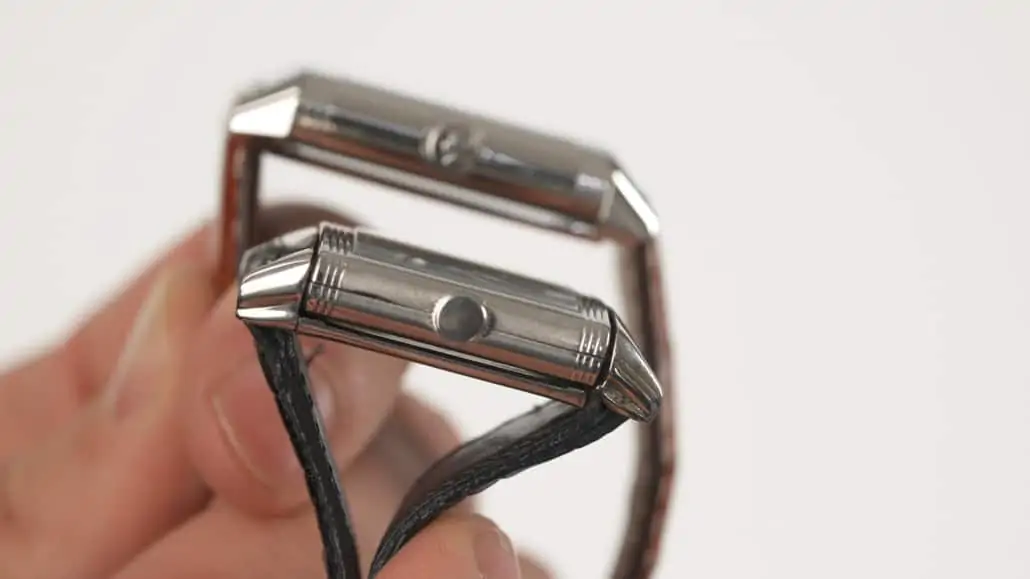
That being said, there is a Reverso Classique, which has the same dimensions as the 30s model but, again, it is probably better today. In 2011, for the Reverso’s 80th birthday, they brought out the tribute to the 1931 version, which is again inspired and very close to it but not exactly what it used to be originally.
Other popular features for the Reverso include the Duetto. because most people don’t play polo, and they don’t need to protect their watch face anymore because the crystals have gotten much better, and they’re just not rough with that kind of an expensive watch.
You can have a Reverso with a different face on each side, which is pretty cool because you can have the same watch, you can travel, and maybe you want a black face and a white face or different colors and just switch it around. It’s a pretty cool feature, in my opinion. Again, they come in various sizes and colors, and you can even get it with a moon feature that shows you the moon phases.
A feature introduced in 1934 and still around today is the small seconds just above the six, which shows you the 60 seconds on the watch. It’s also something that I have in my Reverso.
While the Duetto shows the same time on the front face and the back face, there’s the Duoface, which, in fact, shows you two different times, and it’s meant for different time zones. It also features a 24-hour sub-dial, which makes it a great watch for world travelers.
In terms of movements, the original Reverso was hand-wound, and later on, the majority of the Reverso watches are still hand-wound. That means you have to twist the crown to activate the movement, and while it may seem odd at first, it means you don’t need batteries, and it’s an oddly satisfying thing to set your watch and hand-wind it.
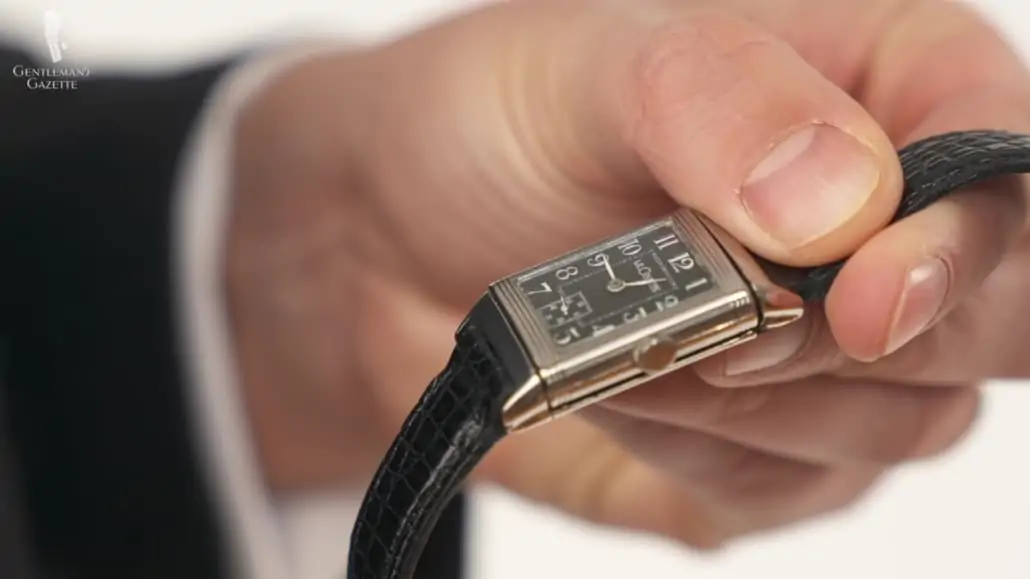
Today, most Reverso movements have 18 or 19 joules, and one hand winding lasts between 38 and 42 hours. Now, JLC also offers an automatic movement for the Reverso watch, and so you just have to move your hand without having to wind anything to keep the watch going. And yes, you can also still get quartz movements, or personally, if I buy a watch of this caliber, I want something mechanical ticking inside of it.
Each model, depending on its size and price point, will feature a different movement. Fortunately, JLC features a picture of the movement and tells you more about it, which I think is pretty cool for a watchmaker because you kind of know what you get, and you understand better why one thing is maybe more expensive than another. It’s also very transparent, and as an informed consumer, I really appreciate that.
What Does a JLC Reverso Cost?
Well, if you’re on a budget, but you really love the watch, I think you can find used models around $2,000, $2,200 depending on the shape they’re in.
If you want an original 1930s Reverso, they’re a little harder to come by because they’re naturally limited. So, if you find one that you like, you’re probably better off buying it because the chances of popping up again are rather slim.
For watches in good condition, expect to spend around $4,000. You can also spend more. Maybe with a little luck, you can spend a little less. But that’s around the right ballpark.
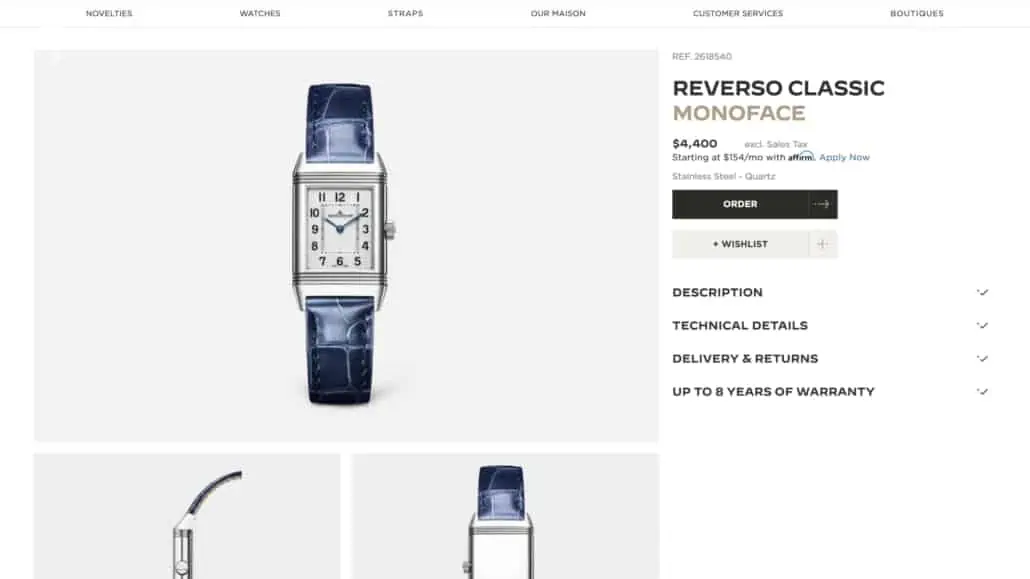
If you want to buy a brand new Reverso, they start at $4,400 on their website and go all the way up to $67,000 for bedazzled versions with diamonds.
There are also Reverso Tribute Tourbillion models, and you have to request the price for those. There are more regular watches. The range between $4,400 and $13,000 depending on the size, the material, and the model. The least expensive entry model is the Reverso Classic Small. Personally, I like smaller watch faces because I’m not a big fan of the current trend towards larger and larger watches.
That being said, considering it is a Swiss luxury brand, these prices are fairly reasonable and nothing out of the ordinary.
Is a Jaeger-LeCoultre Reverso Watch a Good Investment?
If you just look at it from a pure investment angle, you have to say that watches, in general, are maybe not the best investment unless you love watches and you like to wear them while you hope that the value increases over time.
Let’s assume you like watches, and you want something that holds its value or ideally increases in value. In that case, I think Rolex is a better buy, and I explain why in our review of Rolex Watches. I also think Patek Philippe is probably a better investment watch.
Some people might argue Audemars Piguet or Vacheron Constantin are also better. But, besides Rolex and the holy trinity of watchmakers, JLC is right up there.
Looking back at the retail price of a JLC Reverso watch, it has more or less kept pace with the stock market. On top of that, you can wear it and enjoy it.
As with most collectibles, the entry-level watches are rarely the ones that increase the most and have the highest ROI. Instead, the really rare, expensive, limited editions are what will drive the price in the long term. The good thing is if you’ll ever find yourself in a position where you have to sell your JLC Reverso, there is a market for it, and you won’t just get nothing for it.
Even though the retail prices for the JLC Reversos have more or less kept pace with the stock market, you can’t just assume that you can walk into the store, buy a watch at a retail price, and hope that 10 or 20 years down the line, you can sell it for more than what you paid for.
Unless, of course, you have an in-depth understanding of models and watch trades, and you look at past experience, but what happened in the past is never a guarantee of what’s going to happen in the future.
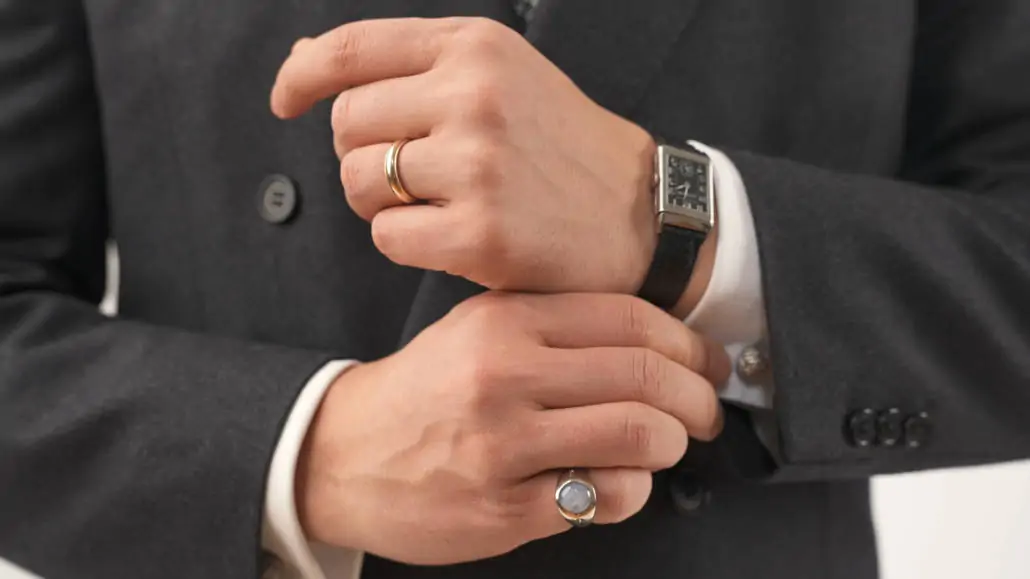
Also, unlike Rolex, where buying certain steel versions is pretty much a guarantee for increased values and a good bang for the buck, with a JLC Reverso, it’s a little more tricky.
Overall, for a consumer good, JLC Reverso holds its value fairly well. However, if I weren’t interested in watches as much and just wanted it to get an ROI and want to show people that I’m successful, I’d probably go with a Rolex Submariner in steel, for example.
Brand Cachet and The Watch Design
Yes, JLC is not part of the big three watchmakers. It doesn’t have the street recognition of a Rolex watch; however, watch connoisseurs and enthusiasts tend to agree that, in terms of innovation and watch design and complexity, Rolex pales in comparison to JLC.
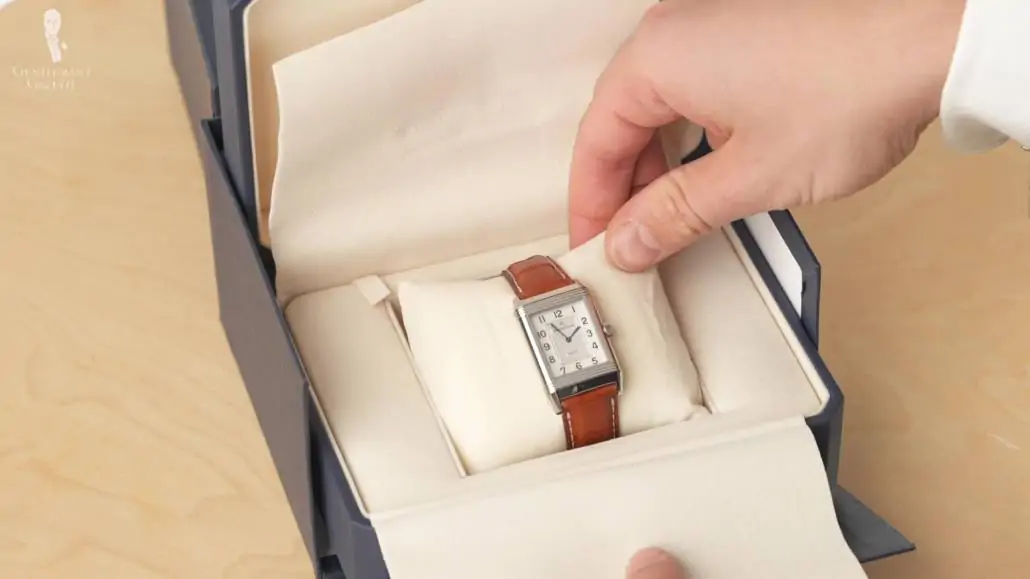
Some people will even go as far as to say that Jaeger-LeCoultre watches are logically superior to Rolex. So, when you buy a Reverso, you get a watch with a rich history that has a really cool design, has an interesting flippable face. So overall, in my mind, it’s a watch with much more character than most Rolex watches, and personally, I’d much prefer that.
Where Are Reverso Watches Made?
I can tell you not in China, India, or Pakistan. But, in general, with a global supply chain, the question where is something made isn’t as simple or straightforward as it used to be. However, in the case of Jaeger-LeCoultre, it certainly is on the website it says “Jaeger-LeCoultre is a fully integrated manufacturer with more than 180 crafts under one roof.
From research and development to design, assembly, decoration, or crimp, every different stage required for creating a Jaeger-LeCoultre timepiece is conducted with the Manufacturer in the Joux Valley in Switzerland doesn’t mean all the raw materials come from Switzerland.
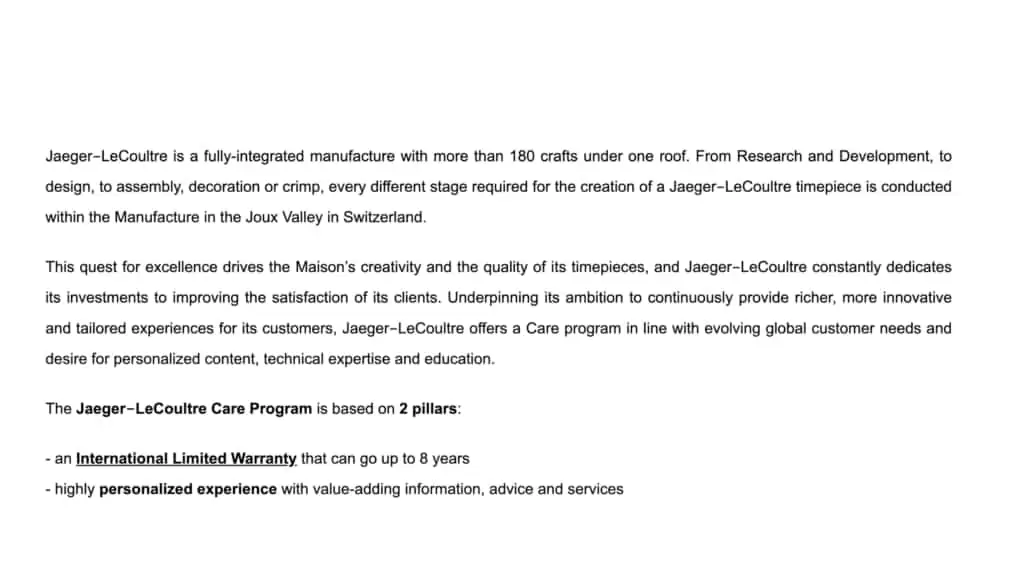
Personally, I doubt that. Overall, from the design to the manufacturing of all the parts and the assembly, everything happens in Switzerland, which is exemplary. I hope that has put your fears of where a Reverso watch is made to bed.
The Construction of the Reverso
If you don’t go for a gold option, the entry-level version is stainless steel. The original intent of the Reverso was to be a protective watch and was supposed to be worn playing polo. If I played polo, I probably still wouldn’t wear the Reverso watch today because I wouldn’t need a watch doing so. After all, it’s a watch, and it can’t survive everything.
On their website, they even suggest that you don’t vigorously shake your watch. Always keep that in mind with your mechanical timepieces.
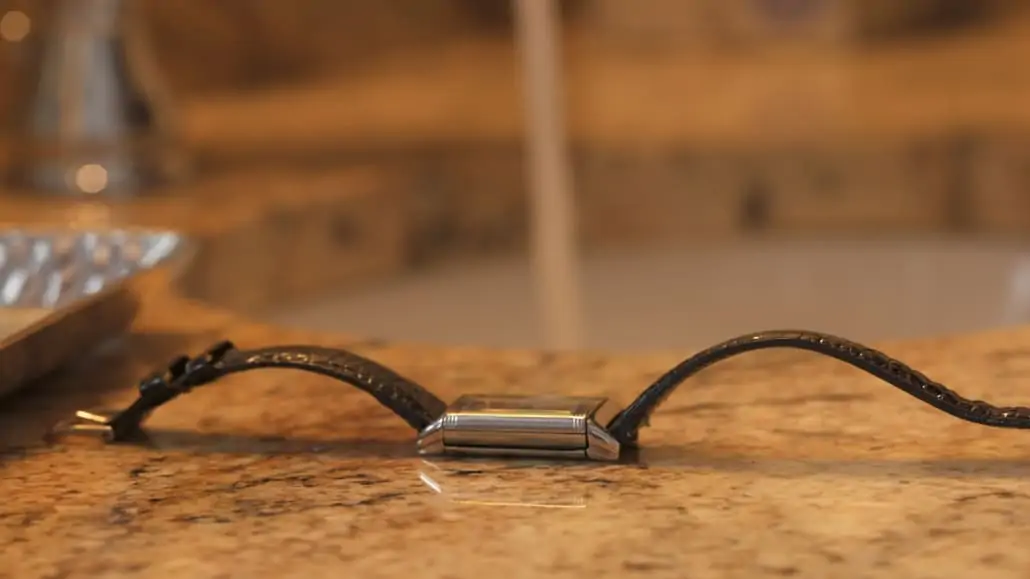
The modern Reversos are rated for 3-bar water resistance, which equals about 30 meters. So, does that mean you can just take your watch and dive to 28 meters and play around heavily in the water? Well, technically, you should be able to, but the pressure can sometimes change, and there are pressure changes. So, personally, I’d rather not expose my watches to water. Could I wear it for a swim or in the shower? Probably, but I like leather bands, so that I won’t do that anyway.
They also still offer an engraving service, which can make the watch more valuable for you, personally. But, typically, it lowers the resale value. Jaeger-LeCoultre’s movements are all of great quality, so you don’t have to be concerned, and on top of that, it’s one of those brands where you can rely on them servicing your movement even three, four, or five decades down the road.
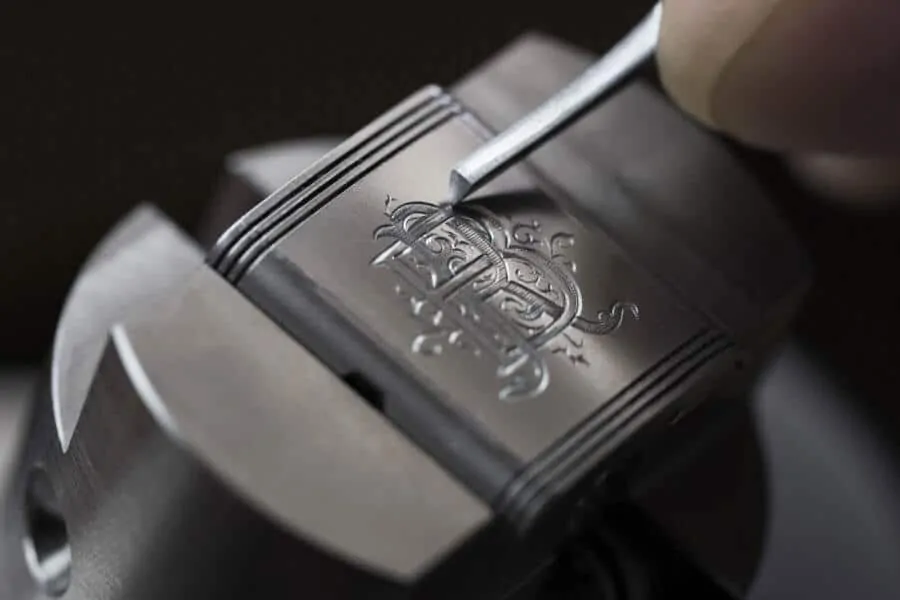
Of course, you never know for certain, but it is highly unlikely that JLC will just vanish from the earth. Even if they did, your watch would probably increase in price.
So, overall, construction-wise, it is worth it. Of course, under the caveat that no, you can’t just melt down your gold casing and hope to make your money back just from the gold value because luxury timepieces are high-margin items.
The Style of the Reverso
In a time where many men think that bigger watches are always better, the Reverso offers an option for people with smaller wrists who like smaller watches but also accommodates men who want bigger watches. You can also get the Reverso in a thin version with a slim profile, which I personally like.
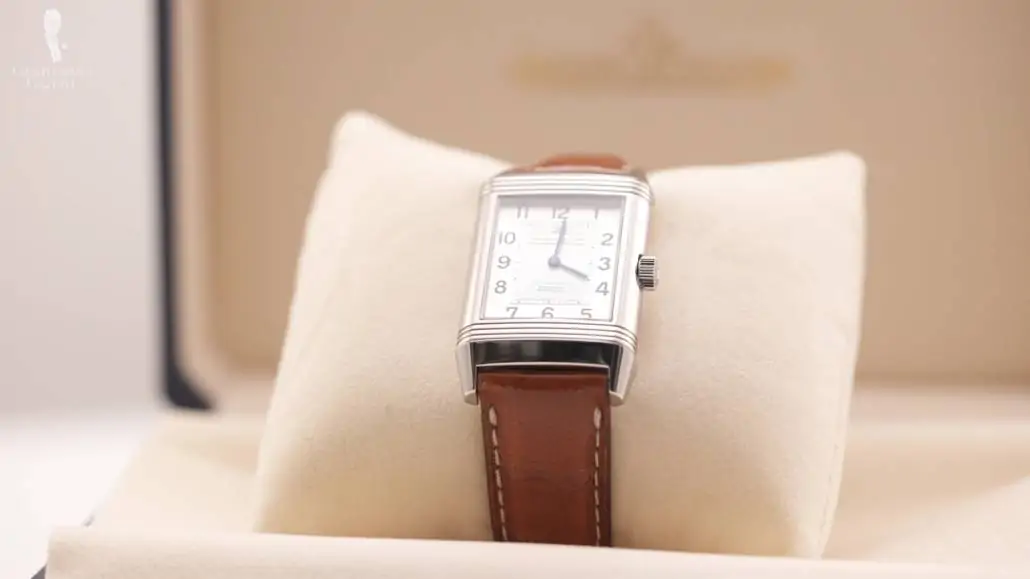
Overall, the rectangular face is timeless, classic, simplistic, and it can be worn with leather bands or steel bands. Of course, you can also get nice gold bands if that’s your style.
Conclusion: Is the JLC Reverso Watch Worth It?
Personally, I don’t foresee the Reverso to ever go out of style. It is simplistic on the one hand, yet very characteristic and just very versatile. Also, in my mind, it’s a more elegant look than many other luxury watches out there.
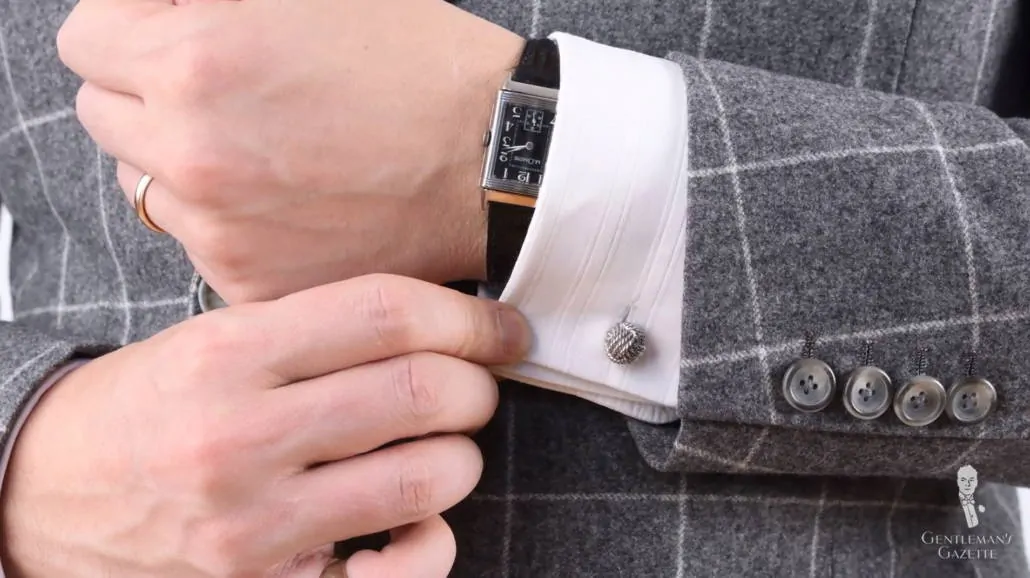
So, ultimately, considering all those factors, it probably doesn’t come as a surprise to you that I’d say, I think, for me personally, the JLC Reverso is worth it. But, if you’re just out there trying to find the watch that gives you the biggest bang for the buck and the best potential to increase in value, you’re probably better off going with the Rolex watch.
Outfit Rundown
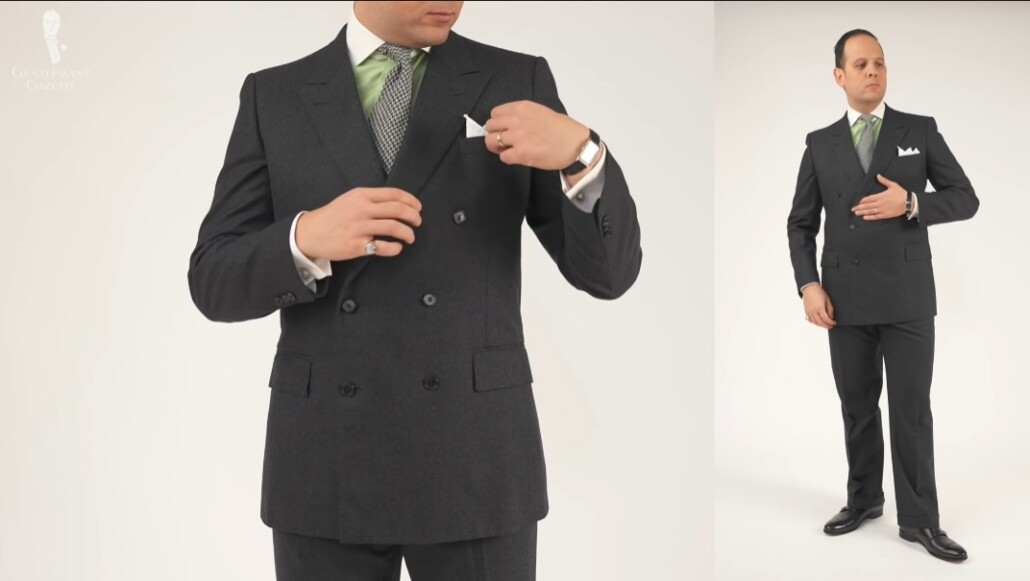
I’m wearing a vintage charcoal flannel suit that is double-breasted from Chester Berrie. I’m combining it with a light pale green Winchester shirt with white contrast colors and cuffs; it is a club collar with a rounded tip. I like the green because it’s unusual yet the white colors and cuffs give it that proper business look. I’m combining it with a houndstooth Bourette silk tie from Fort Belvedere in green and off-white that adds a nice dimension of texture to the flannel and cotton fabric.
My pocket square is white and made of cotton seersucker and works well with the white-collar. I’m sure it has French cuffs and I wear silver cufflinks that are monkey fist knots; they’re from Fort Belvedere and you can find it in our shop. My watch is, of course, a Reverso watch, and this one is just branded “LeCoultre.” It’s an original 1930s watch and it’s quite a bit smaller than the modern versions. But, I like that look and I like having the original real deal even though it means it’s not water-resistant. It has a black face with white numbers and a black alligator strap.
It works well with my black and silver-buckled double monk straps, which are from Ace Marks. My socks are gray and wide two-tone solid socks that you can find in our shop here. Last but not least, I didn’t have a silver ring with an onyx stone. I could have worn maybe something with a malachite zone. But, I decided to go with this star sapphire with some diamond setting on the side and white gold. So, the cufflinks, the shoe buckles, and my watch all have the same metal colors.
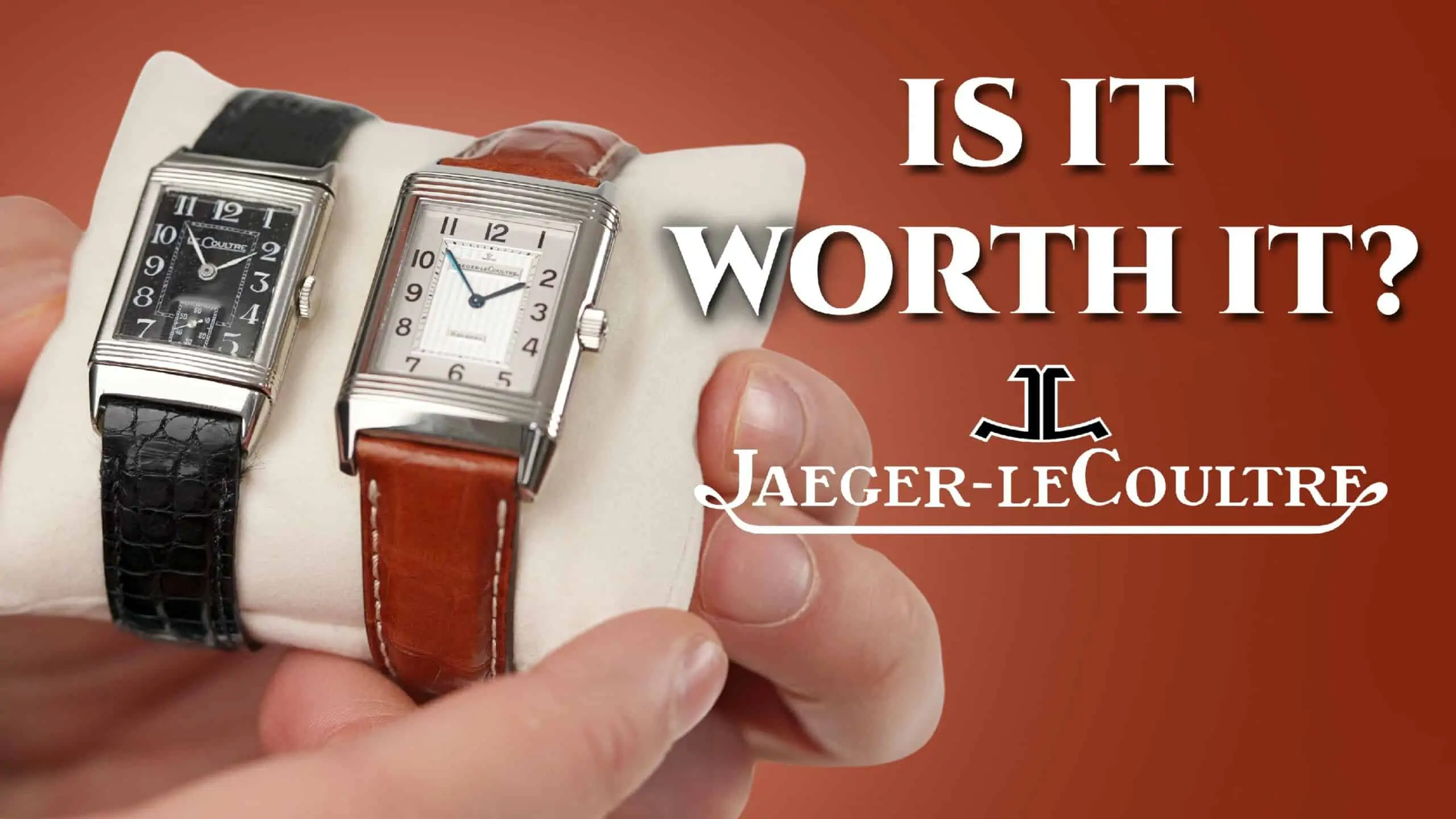

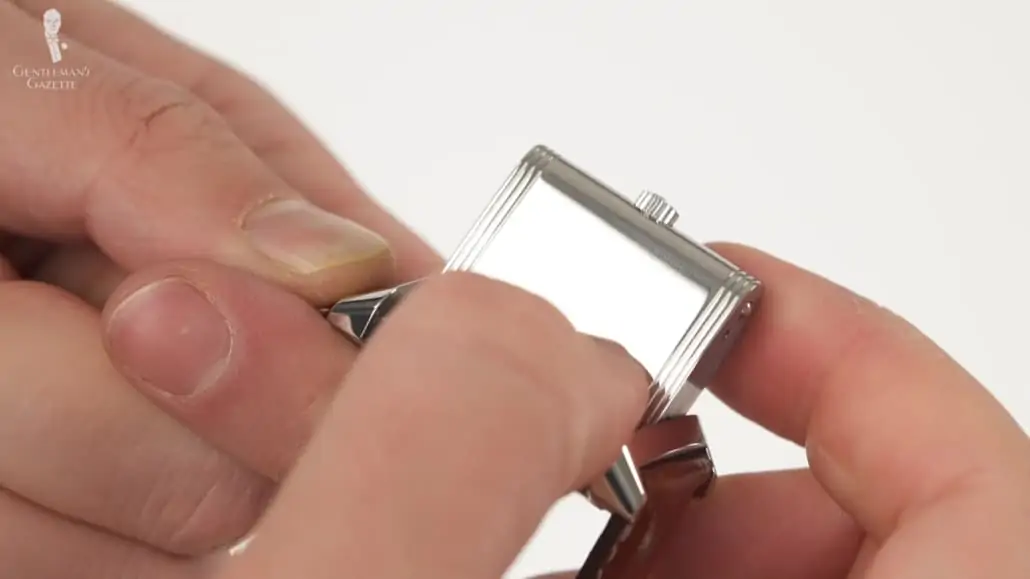
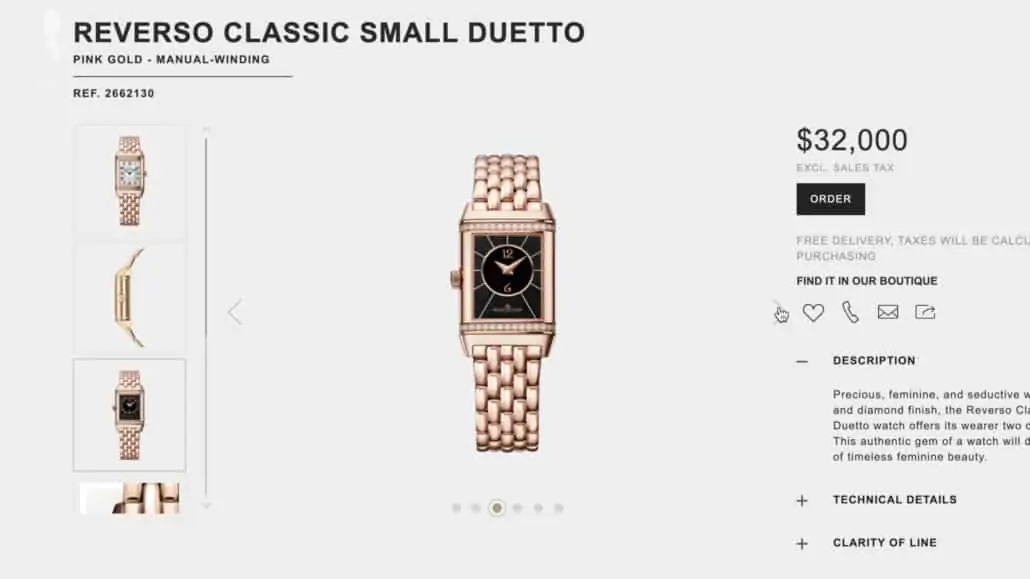
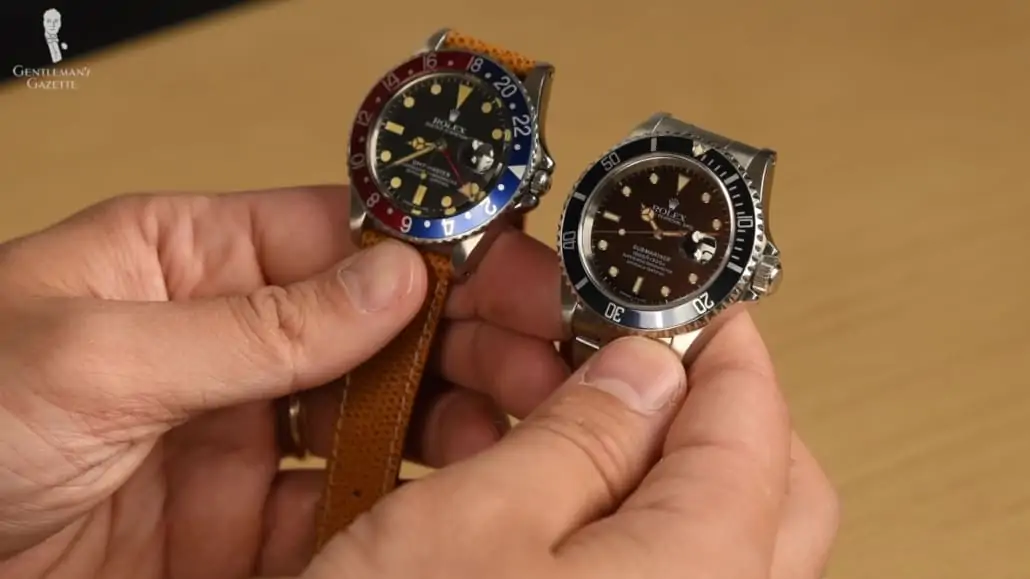
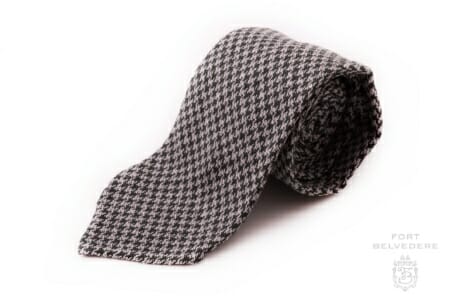
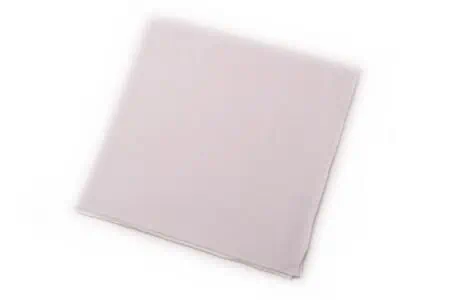
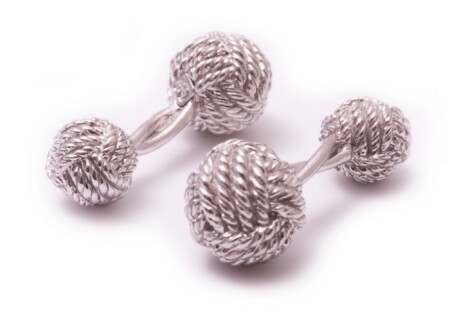
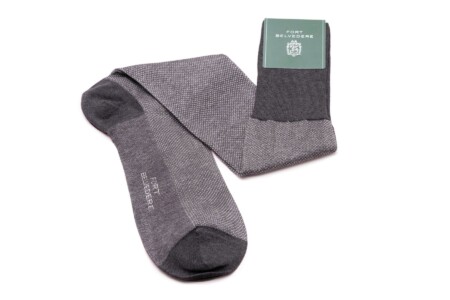
Nice to have this guidance for beautiful things that I am unlikely ever to acquire. $32,000 (the price of one Reverso watch model shown) is about what I paid for my car—or rather, what I am in the process of paying for it. I can’t imagine paying that much for something that I wear on my wrist that isn’t a life-saving piece of medical equipment.
Three cheers for thin watches. Big, thick watches are the most disgusting fashion trend since skinny-leg trousers. In fact, they’re even worse.
JLCs are nice watches to have
personally i would rather stay with my
cartier’ tank watch which is a beautiful watch to wear when going out to special events, or wearing my bullova tank watch for everyday wear which is a great watch and i did not have to spend a small fortune to buy it in order to look “dapper”
I don’t think simplistic is what you meant to say. The word “simplistic” is always pejorative.
$4600 for a chinese quartz movement. This is as fake as Don Draper as style ikon. Somebody do a review on the trousers he couldn’t keep zipped. Great example of a ‘gentleman.’
Hi Raphael,
An excellent article as usual.
You know my love for watches well, and the Reverso was only my second watch ever.
In al earnestness i view it as the first purpose-built sports watch. But for the Art Deco styling it has this lasting, charm and personality.
A timeless design, housing great movements, making it a timeless classic.
JLC is a very desirable brand and the Reverso is the top of the heap; however, I own a JLC Futurematic which is equally unique. My watch was built in the early 1950s–it is no longer in production–and I inherited it from my favorite uncle. I just paid over $1000.00 to have it reworked and restored because it had not been used or worn since he died in 1977.
It is now in original condition and is worth substantially more than I paid for the restoration….and moreover, I enjoy wearing it.
I wonder whether it was JLC or someone else who made a watch specifically designed to be worn *inside* the wrist: the conventional dial was rotated through 90 degrees clockwise, so the marker for “12” was aligned with the lengths of the arm and the palm rather than being across it. This alignment allowed the time to be read by simply turning the open palm towards you rather than the additional movement of the elbow when a conventional watch is worn (try it and see for yourself).
Breguet or Laurent Ferrier… or go home.
Just kidding, though the Reverso wouldn’t be my pick of the JLC lineup.
Personally, for watches nicer than my Seiko autos, I’ll stick with the plainest Grand Seiko I can find.
I love my old Reverso Grand Sport, which was only made for a short time. I know it’s street value is very limited since it has a beautiful engraving done by the great J. Randall of my initials on the reverse side, so what kind of value does that have? Well, it is a family heirloom for my son, and as they say on tv in credit card commercials I think it is “priceless”.